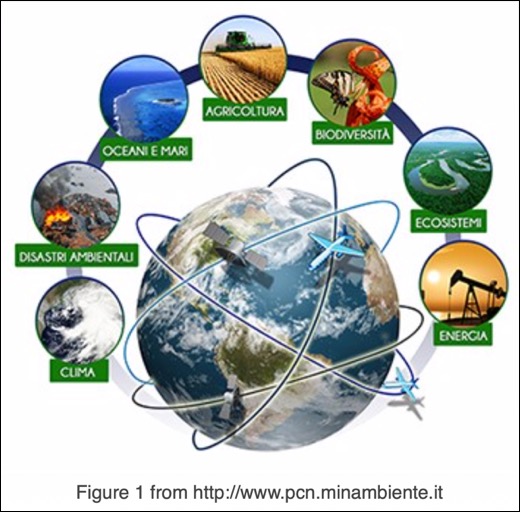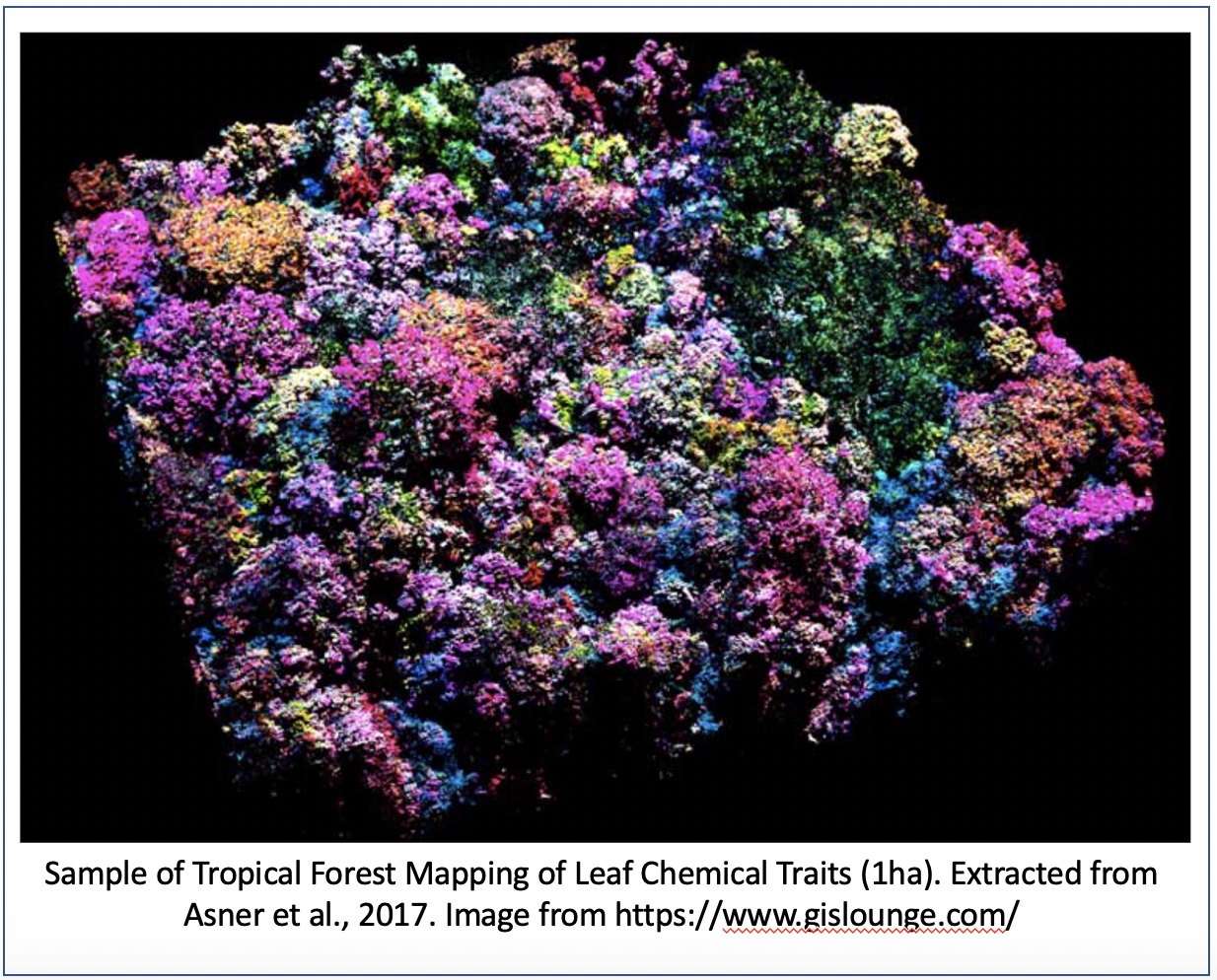Functional Ecology
Sergio Marconi, 12 September 2017
Why we do care so much about biodiversity? Do we care about species, what they represent, or maybe both?
 These questions are the center of Functional Ecology, a branch of Ecology focusing on the functions that biological units (i.e. individuals, species) have in a community at the scale of study (Calow, 1987). The term “function” emphasizes physiological processes. It is associated with the concept of functional trait, which is a set of chemical physical characteristics directly involved in ecological processes. For example, leaf nitrogen and thickness are functional traits involved in photosynthesis and resources distribution in plants. They are not just chemical concentrations, but describe the role of particular plants in a trophic system, the effects of abiotic/biotic interaction (such as competition and facilitation) among organisms.
These questions are the center of Functional Ecology, a branch of Ecology focusing on the functions that biological units (i.e. individuals, species) have in a community at the scale of study (Calow, 1987). The term “function” emphasizes physiological processes. It is associated with the concept of functional trait, which is a set of chemical physical characteristics directly involved in ecological processes. For example, leaf nitrogen and thickness are functional traits involved in photosynthesis and resources distribution in plants. They are not just chemical concentrations, but describe the role of particular plants in a trophic system, the effects of abiotic/biotic interaction (such as competition and facilitation) among organisms.
With this perspective, functional ecology can also represent the link to understand general rules in Community Ecology (McGill et al., 2006), a field where, before Lawton (1999) and Simberloff (2004), suggested that finding general rules is an unachievable aim, given the complex nature of communities.
If that’s so, how much better are we doing almost 15 years later? Not enough. James Clark (2016)
 shows that, given the state of the art, species labels are still a better predictor of traits, than any direct effect of the environment on an individual’s traits. Though it may seem a paradox, the reality is traits data is expensive and difficult to collect, and so sample design is often biased on particular species, individual sizes, and traits. For example, the National Ecological Observatory Network (NEON) will collect biogeochemical plant traits from three individuals of the most common species in 1600m2 plots. They will target dominant trees and collect only a subsample of traits. What about rare species? What about the other thousands of individuals in the same landscape? What about non-sampled traits?
shows that, given the state of the art, species labels are still a better predictor of traits, than any direct effect of the environment on an individual’s traits. Though it may seem a paradox, the reality is traits data is expensive and difficult to collect, and so sample design is often biased on particular species, individual sizes, and traits. For example, the National Ecological Observatory Network (NEON) will collect biogeochemical plant traits from three individuals of the most common species in 1600m2 plots. They will target dominant trees and collect only a subsample of traits. What about rare species? What about the other thousands of individuals in the same landscape? What about non-sampled traits?
To address this issue, University of Florida’s WEecology and Bohlman labs are developing methods to indirectly measure leaf chemical traits for each plant visible from the canopy. These methods rely on the use of high spectral and spatial resolution remote sensing. These methods will also identify which tree types to collect more data from to reduce sample design bias.
Once we have those estimates, how may we look into functional diversity to better address global change issues and unify Ecology across scales? Well, we can think about it together, next month.
References:
McGill, B. J., Enquist, B. J., Weiher, E., & Westoby, M. (2006). Rebuilding community ecology from functional traits. Trends in ecology & evolution, 21(4), 178-185.
Lawton, J. H. (1999). Are there general laws in ecology?. Oikos, 177-192. Calow, P. (1987). Towards a definition of functional ecology. Functional Ecology, 1(1), 57-61.
Simberloff, D. (2004). Community Ecology: Is It Time to Move On? (An American Society of Naturalists Presidential Address). The American Naturalist, 163(6), 787-799.
Clark, J. S. (2016). Why species tell more about traits than traits about species: predictive analysis. Ecology, 97(8), 1979-1993.